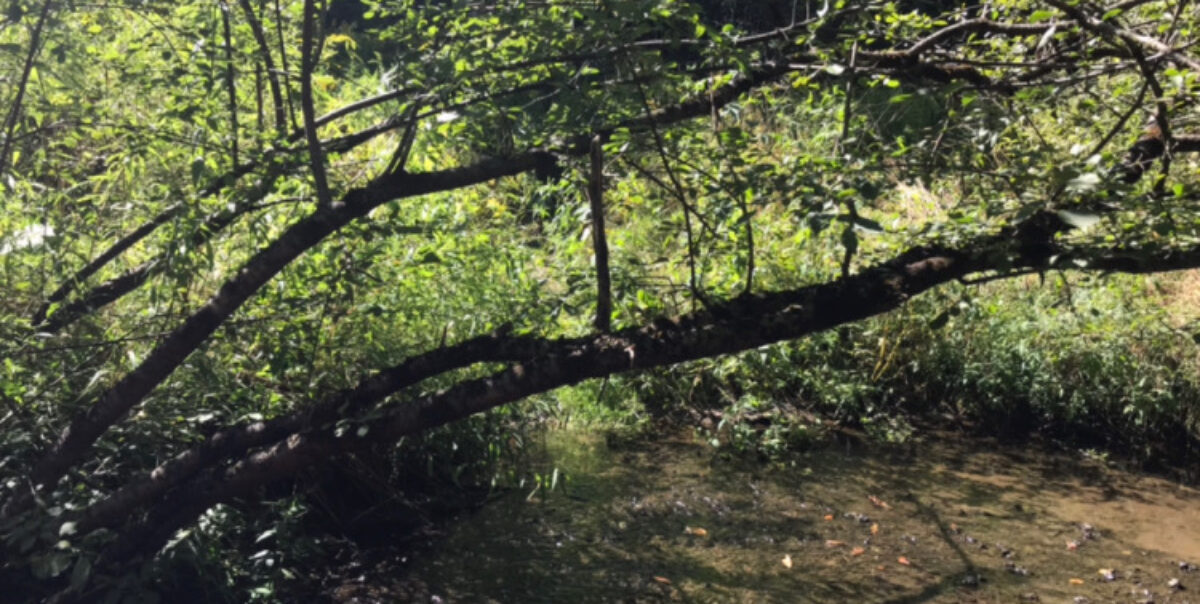Phenological Change and Sense of Place
Sense of place is, as described in NR001 : The relationship or connection that a person has to the place and community that they live in. This is a developed relationship that stems from the experiences they have, the history of the place, and the natural area.
In Terms of location:
When it comes to the location of my chosen place, I find it easy to connect to due to the similarity of a stream that ran through the backyard of my childhood home. It is also a place that is connected to just because of the fact that centennial woods is in Burlington, Vermont. Burlington is now my home, and has become a big part of my life.
In Terms of history:
When it comes to history of my chosen place for the phenology blog, I do not know much. I do know, however, that Centennial Woods is a protected area in Burlington. It is an essential piece of land not only for the community but the focal species of Burlington.
Centennial was, at one point deforested like most of Vermont but has since been restored to a strong and sturdy hardwood stand.
How has my relationship with my place evolved with phenological change? I will admit, that with the cold coming more and more everyday, that the tranquility of the landscape has diminished for me. I am still taken away by how beautiful it is, especially with the leaves all sorts of colors, but it is certainly becoming a harsher environment as the cold comes in. It no longer holds the same sense of a great place to study, read, or hammock as my fingers start to become numb as I hold onto my note and textbooks.
How has my site changed as a component of a larger scale? My sight has changed on its own of course, but the question becomes how has the small change that is my chosen phenology site affected the surrounding hardwood stand that is Centennial woods as a whole? I am certain that as the weather grows colder, the desirable vegetation that grows on the banks of stream starts to recede and die leaving species like deer perhaps to graze on more hardy foods like tree bark.
As mentioned earlier, the history of the site is long, as I understand, the land that is now centennial was once owned privately by a plethora of people [last names and dates pulled from researchguides.uvm.edu: Baxter (1891), Ainsworth (1904), Hickok (1908), Kirby (1938), and Unsworth (1968)] And was bought by the University as they expanded.
Citation for the link above: UVM Libraries Research Guides: Centennial Woods Natural Area: History. (n.d.). Retrieved from https://researchguides.uvm.edu/centennialwoods/history
